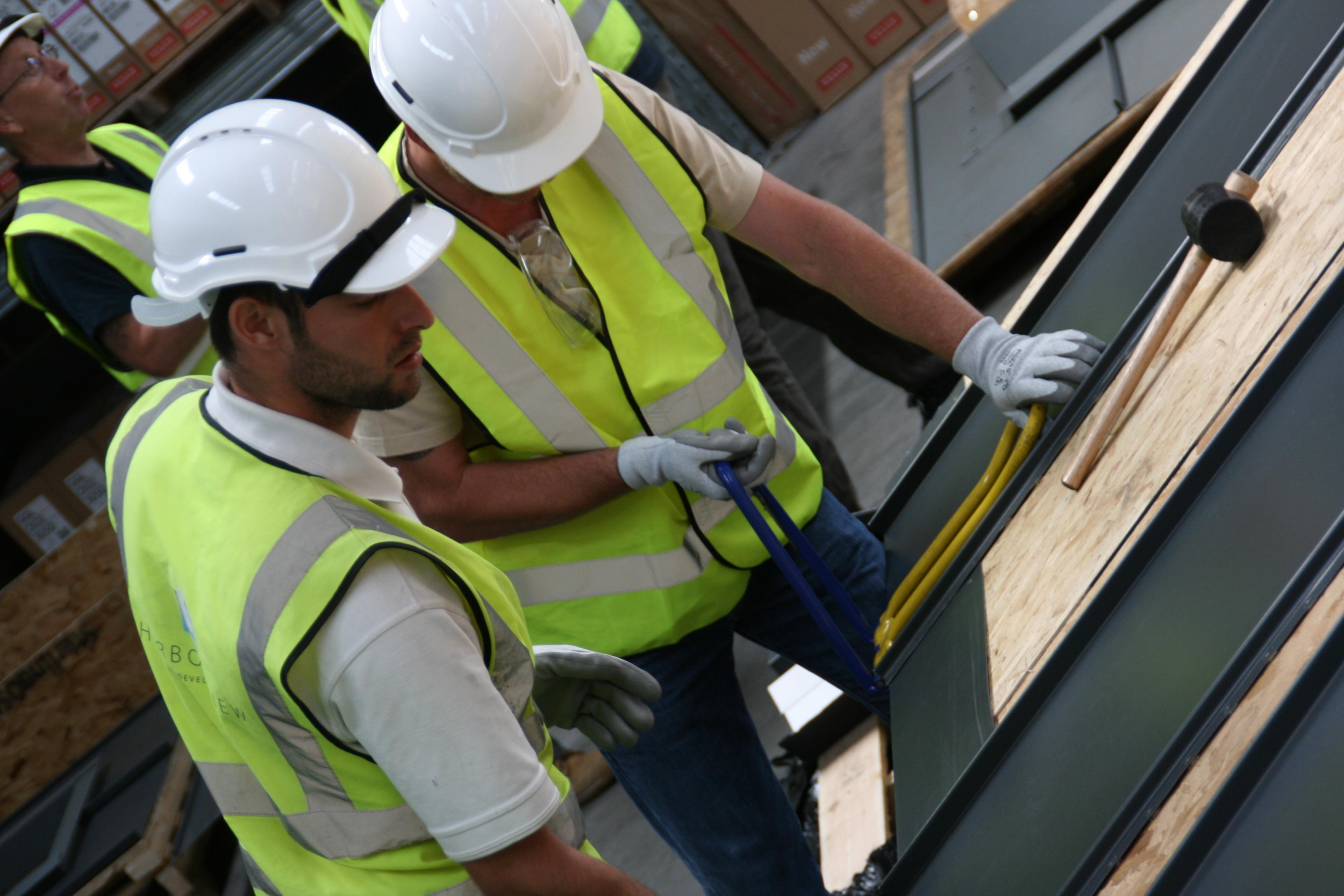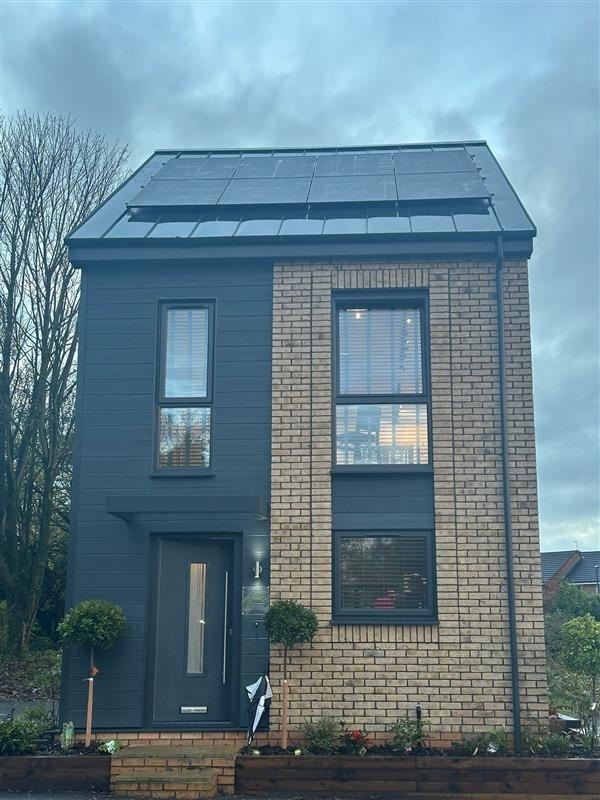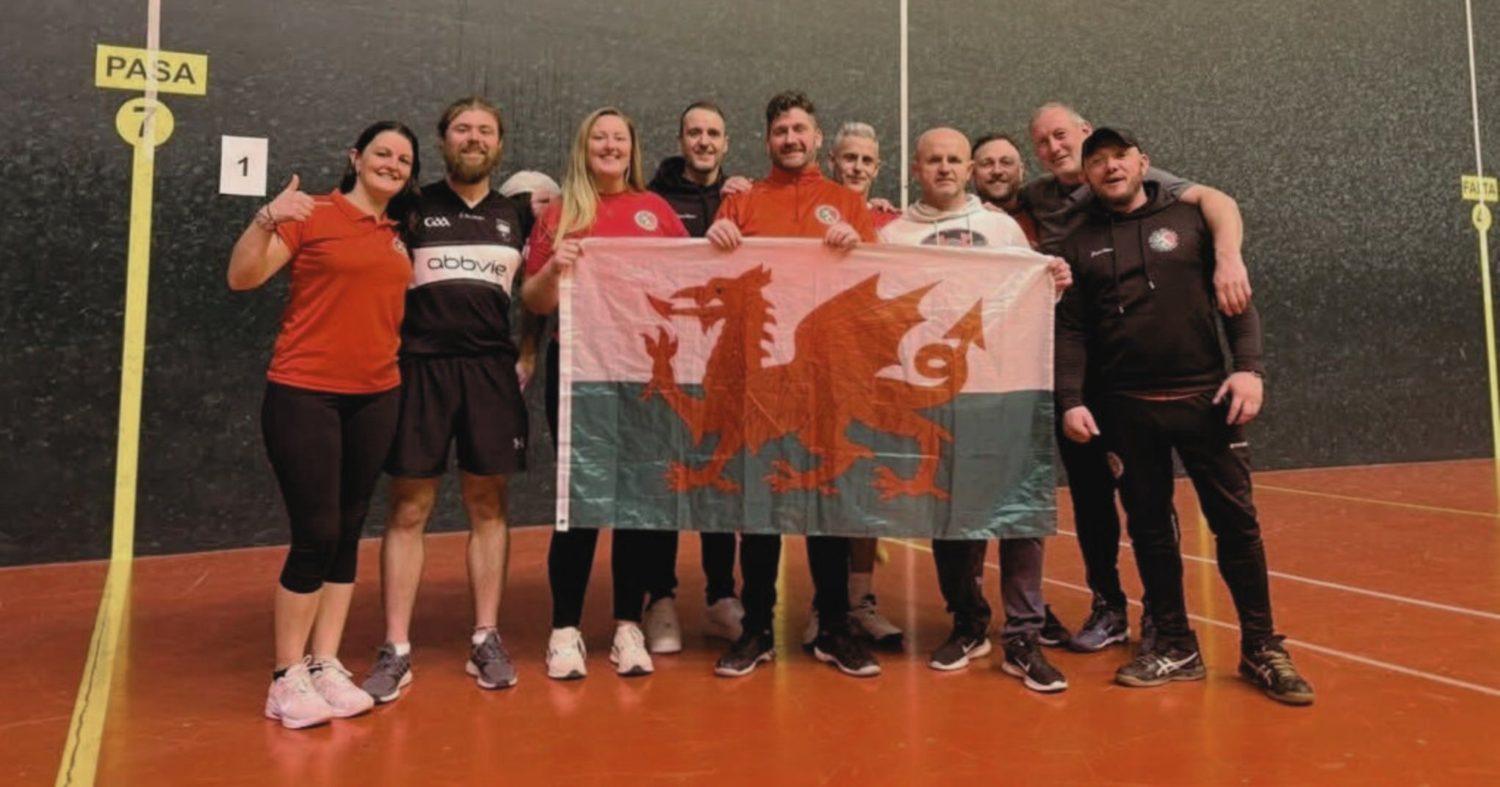The architectural community has had a long love affair with zinc or aluminium standing seam systems. That’s because as a roofing material it does offer a number of undeniable benefits. It provides a visually appealing aesthetic, which is favoured by many specifers and when it comes to performance; well it’s a malleable and sturdy building material that can last for many years.
However, there are disadvantages as well. There is no British Standard that applies to the installation of zinc roofing and as any contractor worth his or her salt will know - the devil is always in the detail. For example, there have been many instances in the UK when zinc roofing installations have suffered from corrosion due to a build up of condensation and moisture on the underside of the product.
In addition, roofing contractors are often under pressure to achieve the architect’s vision of crisp, clean lines when it comes to the roof detailing. This means that many plans include warm roof constructions with non-ventilated eaves and ridges. If this isn’t constructed correctly – this can again lead to problems with condensation.
As such, when used with a warm roof structure, zinc must have the right protective back coat for effective moisture control to protect against long term corrosion, as well as a breather membrane. Without them, the substrate can quickly corrode and result in costly repair work. For roofing contractors, reputation is everything and it is important to work with systems that reduce the potential for issues later down the line.
Despite this particular area of vulnerability, when installed correctly and the issue of condensation addressed, zinc and aluminium can last a long time making it a practical option and favoured among many. But what if there was another option?
What if you could achieve the same look and feel as zinc, extend the lifetime of the roof further, guarantee performance and environmental benefits, and make a healthy margin on the project. Wouldn’t that be worthwhile considering?
In addition, there are a number of issues to take into account when selecting a roofing material. Meeting building regulations for a pitched or flat roof can be challenging when considering ventilation, product weight, thermal performance and ability to withstand wind loadings. When you also consider the need to use environmentally friendly materials that help meet higher BREEAM levels; the task becomes even more demanding and time consuming. Roofing contractors also need to find a solution that can be installed quickly and easily.
Well, the modern alternative lies in a pre-coated steel standing seam roofing and cladding system. This is because such systems can provide the same contemporary aesthetics and clean, crisp lines that are so in demand from architects and end clients. Moreover, those from trusted manufacturers can offer the necessary performance and environmental credentials as well.
When it comes to quality and ease of installation, lightweight steel standing seam roofing and cladding systems can offer significant benefits. A key area of differentiation with products like our own SSR2 is that it is not reliant on roll forming or seaming on site. This is a massive advantage for contractor teams as they can ensure workmanship levels remain consistent. Also, as the roll formed standing seam is created off site it can really help contribute to quicker installation processes.
When compared to zinc or aluminium, pre-coated steel systems can also provide ease of installation, better quality control and crucially - excellent durability. Standing seam roofing and cladding systems like our own BBA approved Urban products are guaranteed up to 40 years – meeting all the relevant legislation for wind loadings, weather tightness as well as fire performance. Panels are 100% recyclable, with a carbon footprint that is three times lower than some of the leading eco-designed urban roofing products.
Finally, the reality is all roofing and cladding projects need to benefit from well performing products, longevity, efficient installation processes as well as let’s face it - a profitable contract for the entire delivery team. When compared to zinc or aluminium, pre-coated steel roofing and cladding systems can again offer a significant advantage as with material cost savings – we are seeing as much as 40% in many cases. That’s not just an attractive roof but an attractive bottom line.
Of course there will be instances where zinc or similar roofing is the preferred option but today its important to know that there are alternatives out there that can, for some projects, meet and even exceed the benefits of traditional specifications. So rather than beginning the process with just one material in mind, consider the broader issues such as life expectancy, aesthetics, quality control, ease of installation and budget. Let’s build it better and ensure all the options are well considered – and the best material for the job selected.
More
-
![]()
- SolarSeam
- Urban
Ultrapanel®and Catnic Urban Deliver a ‘House in a Day’.


